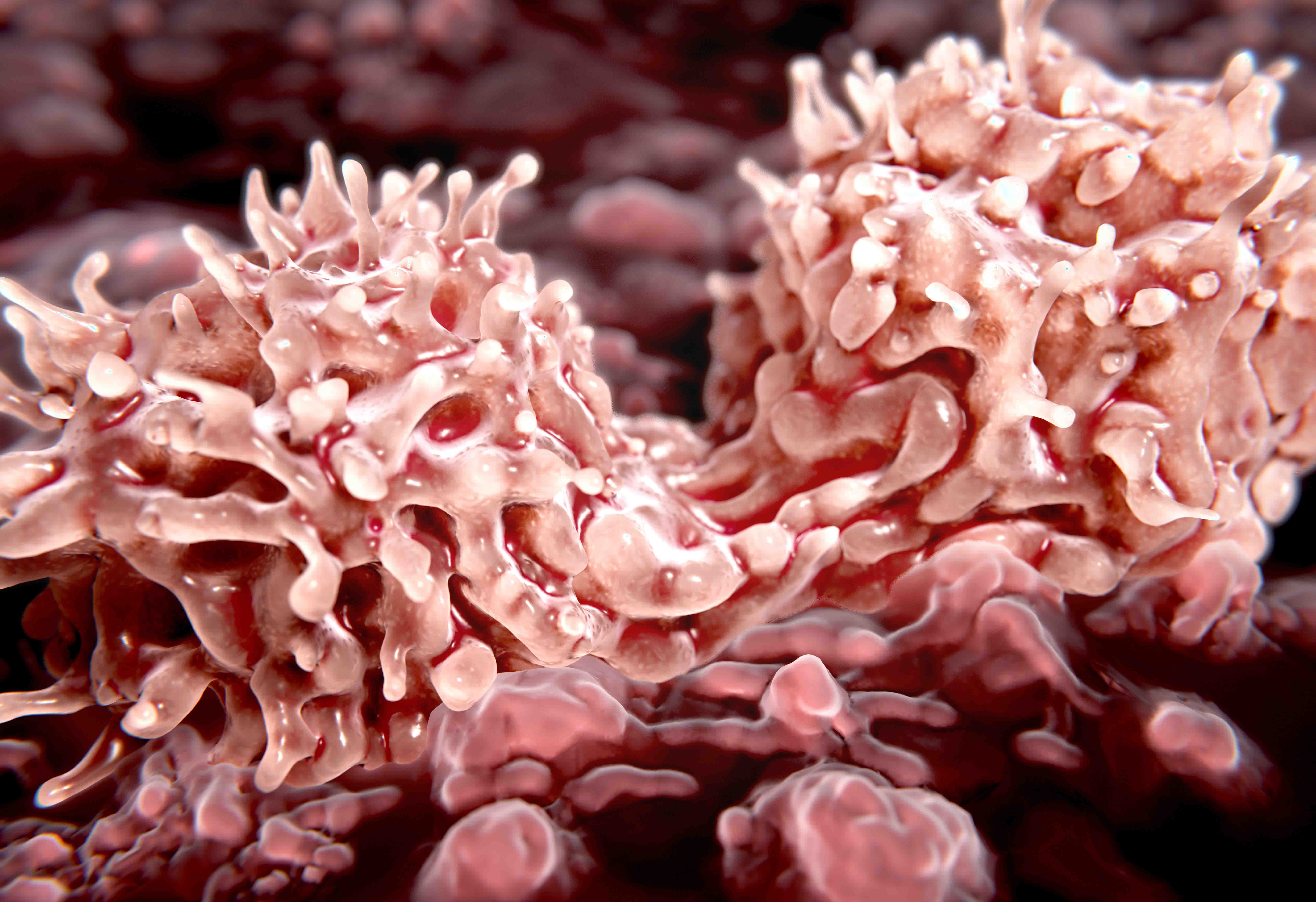
HipSci: The human stem cell bank
UK’s largest resource of human stem cells from healthy donors unveiled

Stem cell researchers have produced one of the largest collections of high-quality human induced pluripotent stem cell lines (iPSCs) from healthy individuals. This comes as result of a close collaboration between the European Bioinformatics Institute (EMBL-EBI), the Wellcome Trust Sanger Institute, King’s College London, the University of Dundee and the University of Cambridge. The data generated by the initiative are hosted and distributed via EBI services.
The new resource, reported in Nature, features hundreds of publicly available human stem cell lines that scientists can use to study human development and disease. The initiative also catalogues the extensive variation between stem cells from different healthy people.
Thanks to recent technological advances, scientists can take an adult skin cell and use specific growth conditions to return the cell to an early embryonic state. The resulting induced pluripotent stem cell can develop into any type of cell, such as brain or muscle cells. These iPSCs have huge potential for advancing research into diseases including cancer, Alzheimer’s and heart disease.
HipSci – paving the way for human stem cell research
Creating an induced pluripotent stem cell is highly complicated, so only a small number of laboratories do it. An even smaller number of them annotate their cells in a way that makes them useful for other scientists to use, so the demand for high-quality iPSCs from healthy people is very high.
To generate iPSCs on a large scale, members of the Human Induced Pluripotent Stem Cell Initiative (HipSci) project used robust, standardised methods to generate iPSCs on a large scale. The current study used skin biopsies donated by 301 healthy people to derive iPS cells, creating multiple human stem cell lines from each person.
In total, the researchers generated fully characterised and annotated 711 cell lines containing detailed information about the genome, the proteins expressed and the cell biology.
Accessible and well annotated
“This is a unique human stem cell resource for two reasons: it is well annotated, and the data and the lines are available to academic researchers and industry,” explains Oliver Stegle, lead author and group leader at EMBL-EBI. “On the one hand, the data we have generated will help scientists understand what a typical human iPS cell looks like. On the other hand, the cell line resource is a major reference, also for exploring disease.”
“Creating such a standardised and well-annotated resource is a colossal effort that requires wide-scale collaboration, but it is worthwhile; once established, it will have significant reach in the wider scientific community.”
“EMBL-EBI is the data coordinator and keeper for the HipSci project,” explains Laura Clarke, Vertebrate Data Coordinator in the European Nucleotide Archive at EMBL-EBI. “We collate the different types of data generated by the HipSci project and securely store them so they are easily accessible by the wider scientific community.”
Why is it useful?
“We have created a comprehensive, high-quality, reference set of human induced pluripotent stem cell lines from healthy volunteers,” says Daniel Gaffney, a lead author on the paper from the Wellcome Trust Sanger Institute. “Each of these stem cell lines has been extensively characterised and made available to the wider research community along with the annotation data. This resource is a stepping stone for researchers studying diseases as they can develop the iPSCs into other cell types, including cells that are normally inaccessible.”
By creating more than one stem cell line from each healthy individual, the researchers were able to determine the similarity of stem cell lines from the same person.
“Many other efforts to create stem cells focus on rare diseases. Our study is the first time that stem cells have been produced from healthy volunteers, to study common genetic variation,” explains Fiona Watt, a lead author from Kings College London. “We were able to show similar characteristics of iPS cells from the same person, and revealed that up to 46 per cent of the differences we saw in iPS cells were due to differences between individuals. These data will allow researchers to put disease variations in context with healthy people.”
“This is the fantastic result of many years of work to create a national resource of high quality, well-characterised human induced pluripotent stem cells,” concludes Dr Michael Dunn, Head of Genetics and Molecular Sciences at Wellcome. “This has been a significant achievement made possible by the collaboration of researchers across the country with joint funding provided by Wellcome and the MRC. It will help to provide the knowledge base to underpin a huge amount of future research into the effects of our genes on health and disease. By ensuring this resource is openly available to all, we hope that it will pave the way for many more fascinating discoveries.”
A resource for everyone
All of the cell lines and related data are publicly available to aid biomedical research across sectors via the HipSci website.
This post was originally published on EMBL-EBI News.


